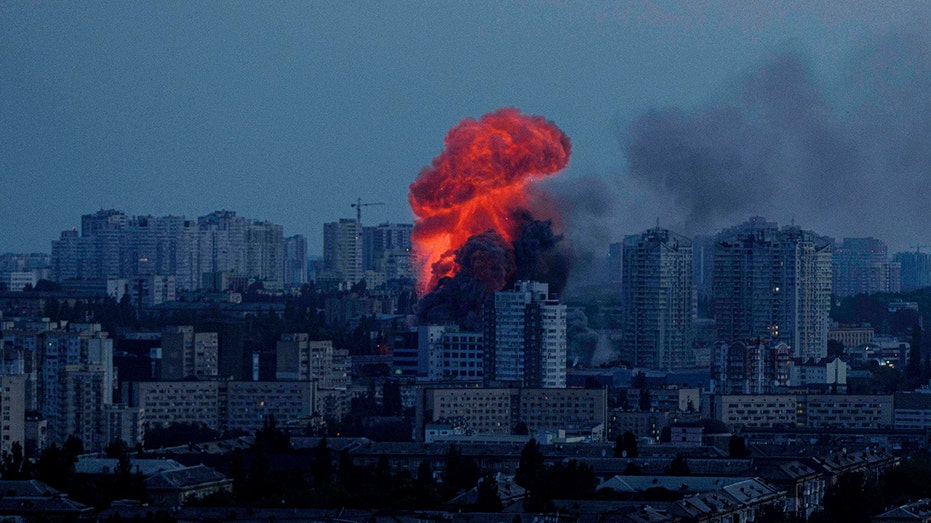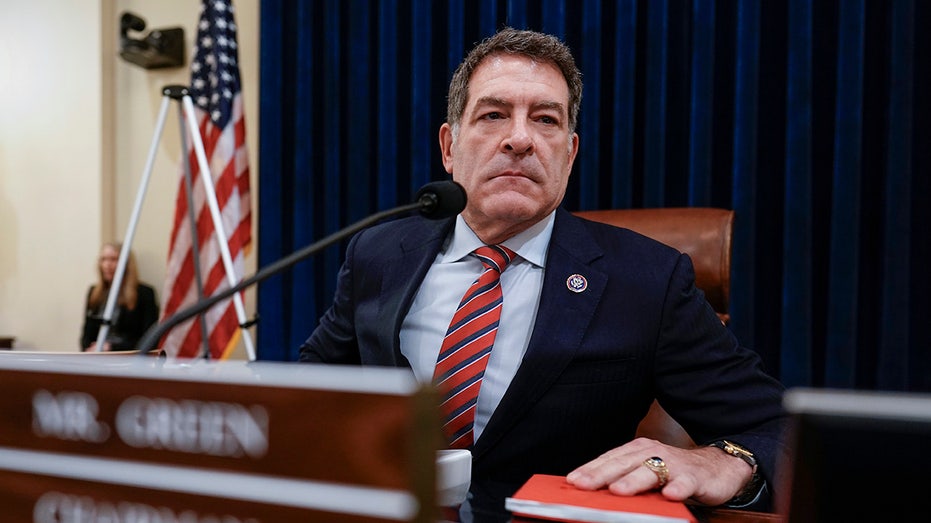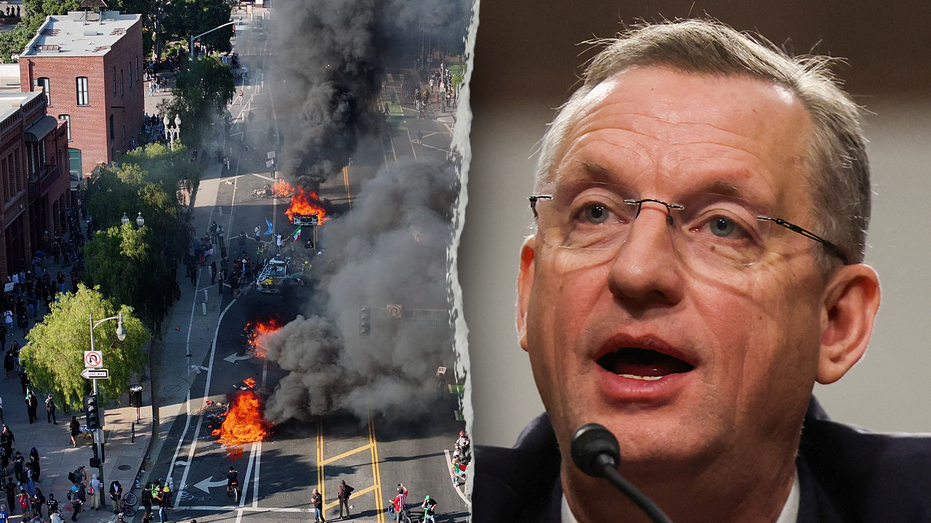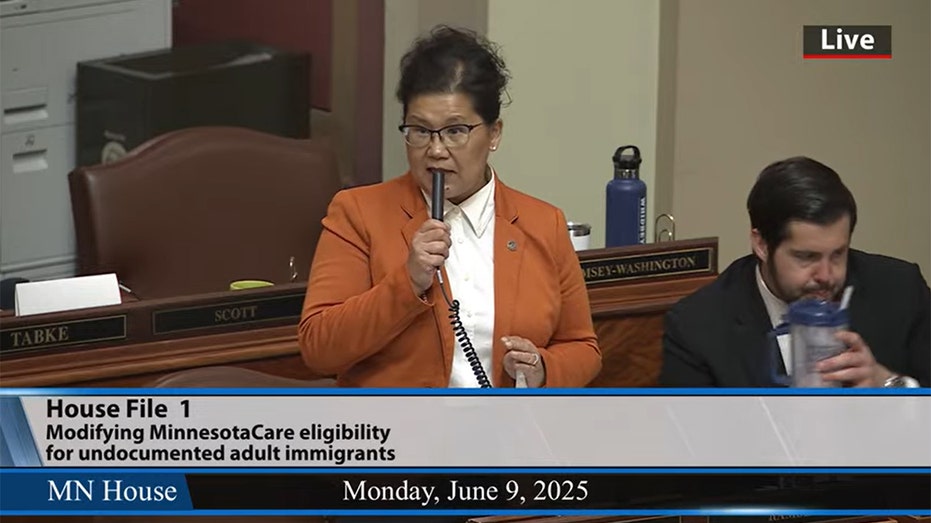Russia Launches Largest Drone Attack of Ukraine War, Kyiv Reports
Russia unleashes largest drone attack on Ukraine with nearly 500 drones, as Kremlin signals willingness for prisoner exchanges.

Russia unleashed the largest aerial assault of its ongoing conflict with Ukraine overnight, firing nearly 500 drones and approximately 20 missiles at various targets across Ukrainian territory. According to statements from Ukraine’s air force on Monday, this massive barrage was primarily centered on the central and western regions of the country and extended for hours under the cover of darkness.
Ukrainian air defenses responded with significant effectiveness, reportedly intercepting and destroying 277 out of 479 drones and 19 of the missiles mid-flight. Officials in Kyiv reported that only ten projectiles—either drones or missiles—breached defenses to strike their intended targets, resulting in minimal physical damage and injury. Authorities confirmed that just one person was injured during the attack, an outcome seen as a testament to the country’s improving air defense capabilities amid persistent aerial threats.
These overnight attacks align with Russia’s established pattern of launching drone strikes late in the evening and throughout the early morning, exploiting the limited visibility to challenge detection and interception systems. The use of Shahed drones, frequently targeting civilian infrastructure, has been a hallmark of Russian tactics during the war. The cumulative effect of such attacks continues to take a heavy toll on Ukraine’s civilian population, with international monitors estimating over 12,000 civilian deaths since the outbreak of hostilities. Despite these figures, Russian officials maintain that only military sites are being targeted.
In an unexpected development following the attack, the Kremlin publicly reaffirmed its willingness to uphold agreements with Ukraine concerning the exchange of prisoners of war and the repatriation of deceased soldiers. Russian spokespeople cited ongoing negotiations related to a prisoner swap—focusing especially on the youngest and most severely wounded captives—as well as efforts to return the bodies of fallen combatants to their respective home countries. These humanitarian exchanges, first discussed in Istanbul during direct peace talks held on June 2, represent a rare point of accord between the warring nations.
Despite expressions of readiness from Moscow, Kremlin representatives voiced skepticism over Kyiv’s commitment to the process, citing repeated delays and what they described as unconvincing justifications. Still, Russian officials stated that they remain prepared to carry out the agreements as previously negotiated. For many families on both sides of the conflict, the return of prisoners and the respectful handling of those killed provides a glimmer of relief amidst a devastating and protracted war that shows little sign of conclusion.
As the war enters its fourth year, hopes for a comprehensive resolution remain distant, with each side entrenched in its position on the battlefield and at the negotiating table. Yet, even amid the largest attacks and ongoing hostilities, incremental humanitarian steps offer a faint promise of cooperation between the two adversaries.




